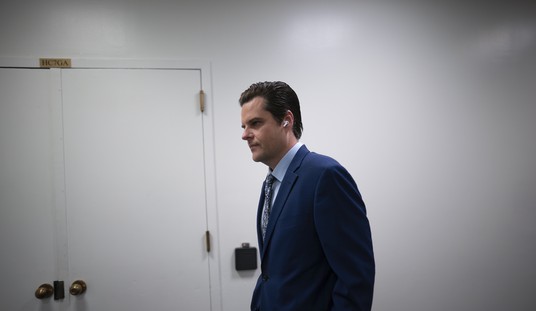For example, a front page story in the January 14th issue of the San Francisco Chronicle began: "From Eureka's waterfront to San Diego's Gaslamp Quarter, California's redevelopment program has transformed polluted and blighted areas across the state into thriving destination spots and commercial districts for nearly 60 years."
This reads like a commercial for something-- and it is. It is a political commercial for continuing to spend taxpayer money on California's "redevelopment" programs costing billions of dollars, despite a budget crisis brought on by a record-breaking state deficit.
An accompanying "news" story on an inside page of the same newspaper has a headline that says: "Cut is a Threat to Affordable Housing in S.F." The opening sentence says: "San Francisco has built thousands of affordable housing units thanks to redevelopment funds, which Gov. Jerry Brown wants to eliminate."
The idea of "affordable housing" in San Francisco is a joke-- a very bad joke. This same newspaper, just a few years ago, mentioned a graduate student looking for a place to rent in San Francisco, who was "visiting one exorbitantly priced hovel after another."
Massive government intervention has made San Francisco one of the most expensive housing markets in the country. Creating token amounts of taxpayer-subsidized "affordable housing" does not undo the over-all damage that politicians have done by their severe restrictions on building.
Recommended
Before the era of massive government interventions in the housing markets, beginning in the 1970s, San Francisco housing cost about the same as housing elsewhere in the country. After the environmentalists and others pushed for heavy-handed government restrictions on building anything anywhere, San Francisco housing prices rose to become more than triple the national average.
As for "redevelopment" and its alleged benefits, you can make almost anything look like a big success just by pouring enough of the taxpayers' money down a bottomless pit.
Subsidizing one particular location can indeed improve that particular location. Who could have doubted it? You could air-condition Hell if you spent enough money.
I have seen bananas growing in the Bronx, subsidized by the taxpayers' money. They were probably the most expensive bananas ever grown, because the Bronx is not a place where anyone would grow bananas to sell in a competitive market.
If "blighted" areas could be turned into showcase shopping malls or industrial parks at a cost that made sense, why would private investors not do it and make money on the deal?
Are investors just not as smart as government bureaucrats? Or is the difference that investors are spending their own money and stand to lose big time if the costs exceed the benefits?
To "redevelopment" agency bureaucrats costs are just things to conceal with lofty rhetoric and creative book-keeping. After all, it is only the taxpayers' money.
Where do all the customers and all the money that they spend come from to create what the San Francisco Chronicle calls "thriving destination spots and commercial districts"? They come from other places.
In other words, we are not talking about creating wealth. We are talking about transferring wealth from one community to another, with no net increase-- and doing so at a cost of billions of tax dollars.
Years ago, John Kenneth Galbraith argued that there was not enough government spending, compared to private spending, because private businesses advertised and the government does not.
Nobel Prizewinning economist George Stigler pointed out that the government advertises all the time-- only it is not called advertising. So-called "news" stories like those in the San Francisco Chronicle repeat the party line of government bureaucrats and serve it up to the public as information, rather than ads.

























Join the conversation as a VIP Member